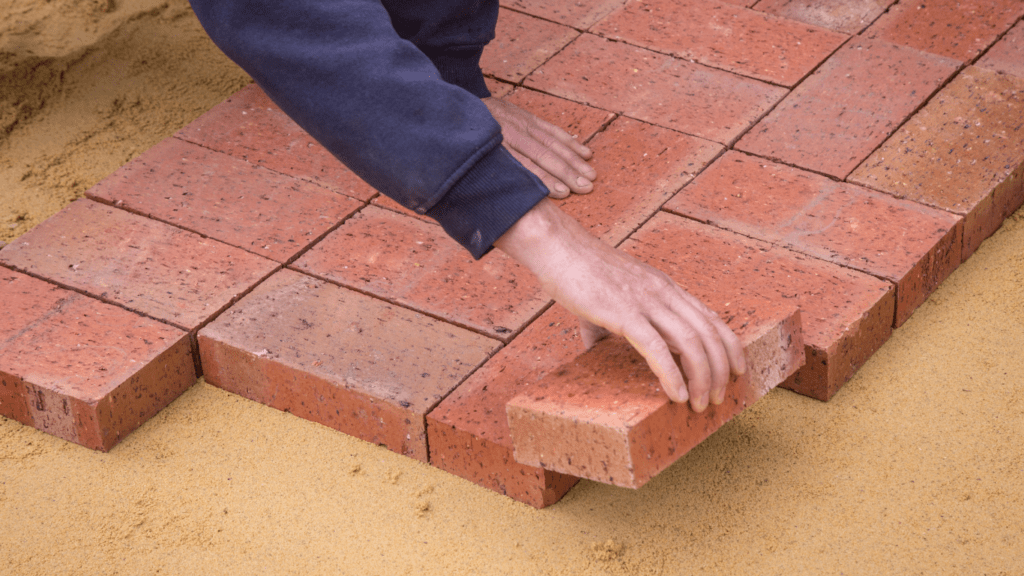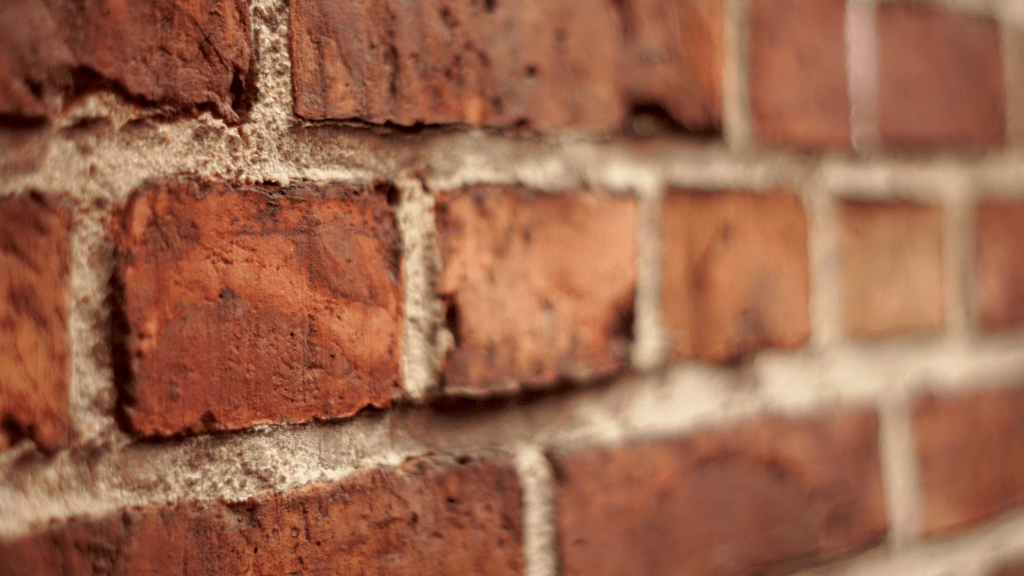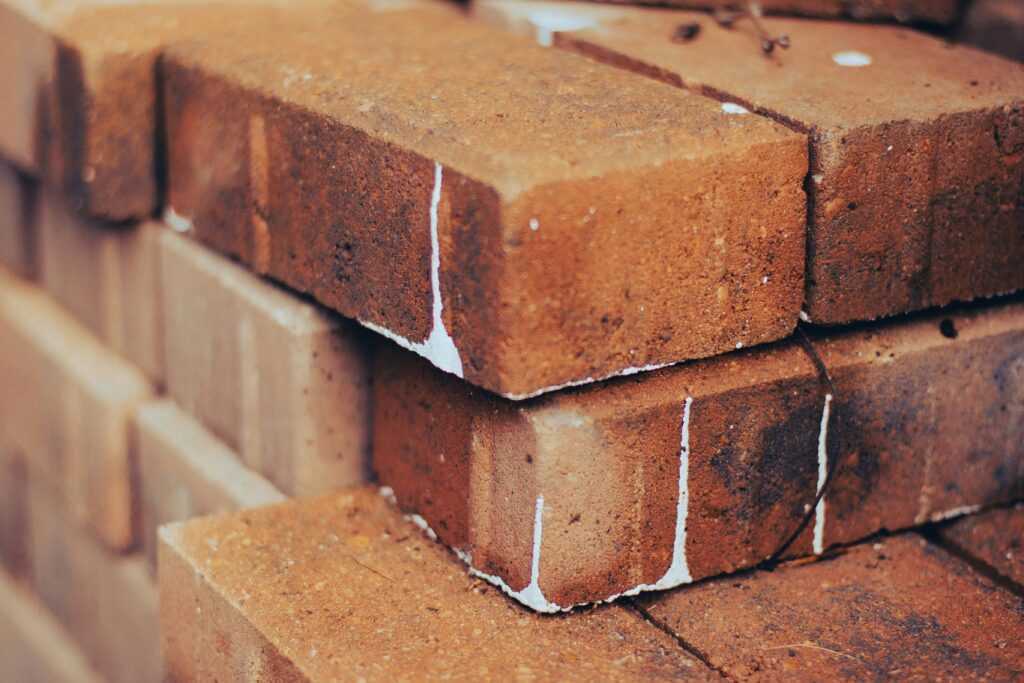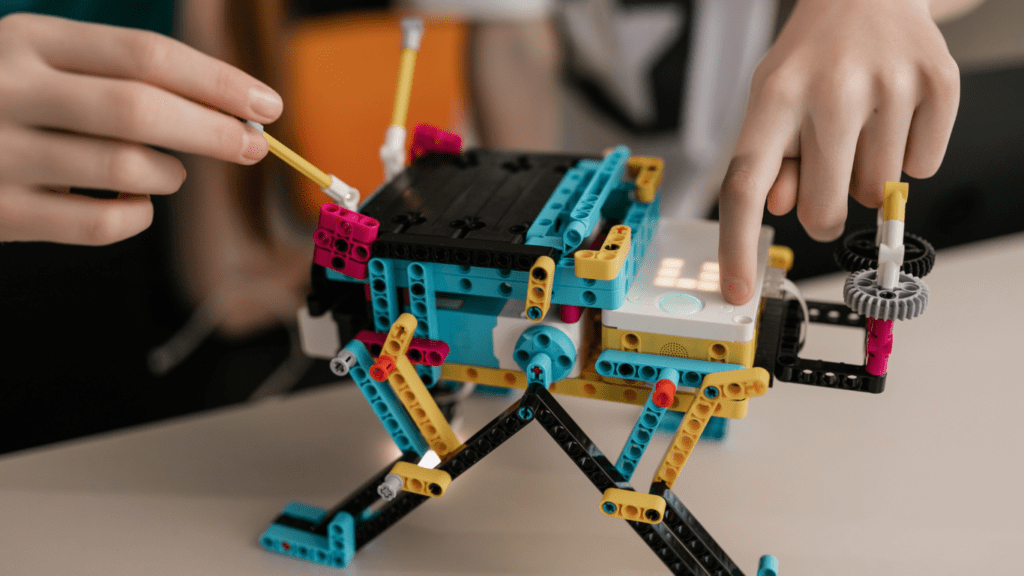Understanding the Fundamentals of Brick Building
Brick building, though seemingly straightforward, involves a nuanced understanding of materials and tools. Every successful project begins with the right foundations.
Choosing the Right Materials
Selecting the appropriate materials is crucial. Standard bricks come in clay, concrete, and calcium silicate, each with distinct properties.
Clay bricks offer durability and thermal efficiency, concrete bricks provide strength and versatility, and calcium silicate bricks ensure high dimensional accuracy.
It’s important to pick a mortar type that matches your bricks. Common options are cement-lime, masonry cement, and polymer-modified mortars.
Cement-lime mortar provides workability and water retention, masonry cement offers ease of use, and polymer-modified mortar delivers enhanced bonding strength.
Essential Tools for Bricklaying
Bricklaying requires specific tools. A trowel helps spread mortar, with pointed trowels best for precise work and wide trowels ideal for general tasks.
A masonry hammer breaks and cuts bricks, while a brick chisel ensures clean, precise cuts. A brick jointer smooths mortar joints, creating a neat finish. Levels, including:
- spirit levels
- laser levels
- ensure straight
- even layers
Lastly, a line and pins help maintain alignment, preventing any structural flaws.
These fundamentals set the stage for successful brick building.
Key Techniques in Brick Building
Successful brick building relies on mastering various key techniques.
Basic Bricklaying Techniques
Bricklaying starts with selecting and preparing the work area. I ensure it’s clean and level before starting any project.
Laying the first brick row, or the “course,” correctly is crucial for the entire structure’s stability.
I utilize a string line between corner blocks to maintain alignment.Spreading mortar consistently—about 10mm thick—ensures proper bonding between bricks.
I use a trowel to scoop, spread, and apply the mortar in even layers.”Butter” the ends of each brick with mortar before placing it snugly against the adjacent brick. This ensures good joint adherence.
Tap each brick gently with a mallet to get a tight fit and alignment.
Any excess mortar can be scraped off promptly to maintain neat joints.
Ensuring Structural Integrity
Structural integrity starts with a solid foundation. I lay a robust concrete foundation to support the weight of the brick structure.
Reinforce the walls by incorporating steel bars or mesh within the mortar joints. This adds strength and stability.
Proper joint finishing is vital.
I use a jointer to smooth and shape the mortar joints, which helps in preventing water infiltration and cracking.
Control expansion with appropriately spaced expansion joints. These joints allow for natural movement and thermal expansion, reducing the risk of cracks.
Finally, curing the mortar properly by keeping it moist for the first few days ensures it sets correctly and maintains its strength.
Mastering these techniques forms the backbone of effective brick building, creating reliable and visually appealing structures.
Common Mistakes to Avoid
Despite careful planning, beginners in brick building often make avoidable errors that can compromise the quality of their projects. Here are some common mistakes you should watch out for.
Mistakes in Material Selection

- Choosing Improper Bricks: Rely on high-quality bricks suitable for your specific project. For example, clay bricks are ideal for residential buildings, while concrete bricks work well for industrial structures.
- Inadequate Mortar Mix: Use the correct mortar type. Type N mortar is suitable for general purposes, Type M for structural walls, and Type S for high-stress exterior applications.
- Ignoring Weather Conditions: Avoid using bricks and mortar in extreme weather. Dry weather can cause mortar to dry too quickly, while wet weather can prevent mortar from setting properly.
Errors in Technique
- Improper Brick Alignment: Ensure a perfectly straight and level first row of bricks. This foundation sets the stage for the entire structure’s alignment.
- Inconsistent Mortar Application: Spread mortar evenly to avoid gaps and ensure a strong bond between bricks. Uneven mortar application can lead to weak spots in the wall.
- Neglecting Joint Finishing: Properly finish joints to prevent water penetration. Poor joint finishing can lead to structural integrity issues and moisture problems.
- Skipping Curing: Allow adequate time for mortar to cure. Inadequate curing time can weaken the structure, causing cracks and potential collapse.
Each of these mistakes can dramatically affect the durability and appearance of your brick building project. By avoiding these common errors, you’ll ensure a more professional and lasting result.
Enhancing Your Brick Building Skills
Building solid brick structures requires consistent practice and dedication. Improving your brick building skills involves engaging in practice projects and applying targeted tips.
Practice Projects for Beginners
Beginner projects provide the foundation for mastering brick building techniques. Start with simple structures, such as a garden wall or a planter box.
These projects allow you to practice laying bricks in straight lines, spreading mortar evenly, and achieving the right joint finish.
Keep projects small and manageable to focus on accuracy. Small projects can highlight areas where technique might need improvement. Using clay bricks for these projects can also help beginners understand traditional bricklaying practices.
Tips for Skill Advancement
Adopting specific strategies can boost your proficiency in brick building. First, always maintain a clean work area; debris can interfere with brick alignment and mortar application. A clean site promotes accuracy.
Measure and mark brick positions before applying mortar. Pre-marking ensures consistent placement and minimizes alignment errors.
Utilize a spirit level often. Regular use checks and maintains levelness and alignment throughout the project.
Practice consistent mortar mixing. Uniform consistency prevents structural weaknesses and ensures a strong bond between bricks.
Finally, seek feedback from experienced bricklayers. Constructive criticism helps identify mistakes and provides new techniques for improvement.



